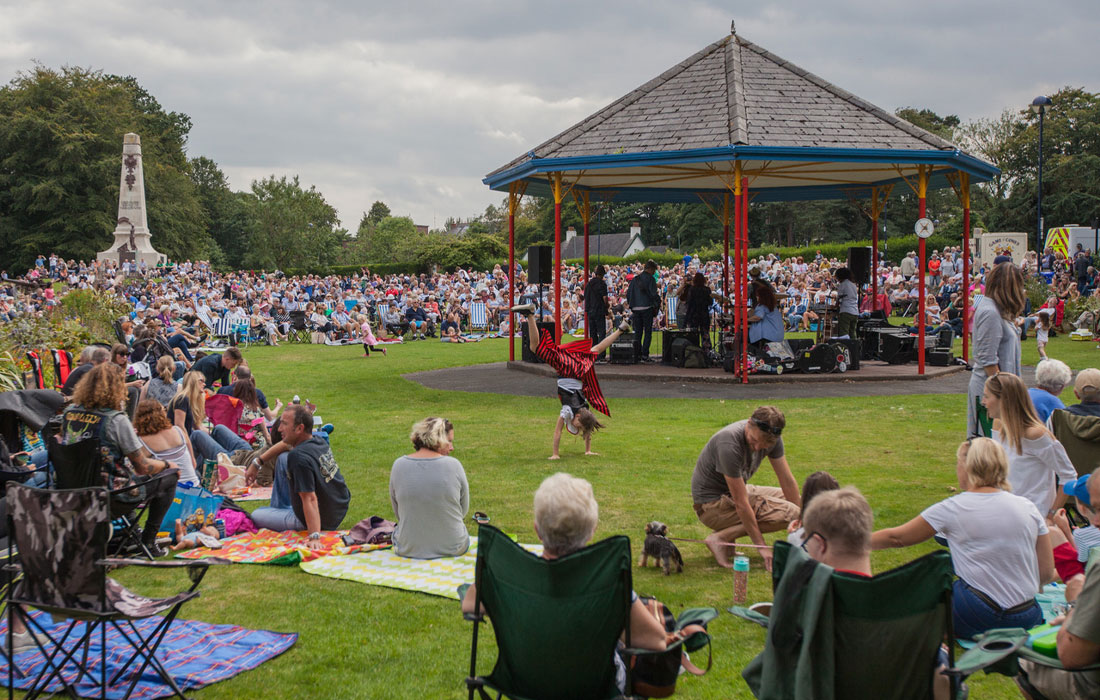
Let’s talk fundraising tactics
Finding creative ways to grab donors’ attention is at the heart of successful fundraising campaigns. Conor Coyle shares some winning tactics.
Effective fundraising is about devising an informed strategy that suits your organisation’s goals, then implementing that using creative tactics. All good strategies are grounded in data – and whether you’re an expert or a novice fundraiser, benchmarking your data can help you understand where you sit amongst your peers and spot opportunities to boost income. (Our fundraising white paper, which includes benchmarking data, is a great place to start).
Then once you’ve decided which areas to focus on in your strategy, it’s time to talk tactics. There are various approaches that have worked well for organisations we work with, and these can all be used on their own or as part of a larger campaign. Let’s take a look at what we’ve found successful:
1. Online prompts to encourage donations
Adding a donations prompt to your purchase page is probably the simplest place to start, and can produce great results. After introducing a gentle prompt for donations during their booking journey, Carnegie Theatre and Arts Centre saw a 93% increase in online donations during 2018.
All these tactics work well on their own, but are most powerful when built into strategic campaigns
Similarly, the Malthouse Theatre (managed by The King’s School, Canterbury) runs intuitive campaigns in this way. These include ‘Take your Seats’ – encouraging audience members to purchase a seat – and ‘Pillars of Support’, providing the chance to name a pillar. The Malthouse currently highlights its ‘Sounding Out’ outreach campaign during the booking journey.
The theatre saw an 11% increase in donations within their second year of using a donation prompt. In order to increase excitement around their fundraising campaigns, the team plans to change the prompt it uses three times over the coming year.
2. Gift vouchers
These encourage upselling, and all profits go directly towards your organisation. They're a great way to increase customer loyalty and audience engagement, as well as generating further revenue. Some organisations see major increases in the demand for gift vouchers at certain times of year. So it’s worth examining purchasing patterns in your data to help boost voucher sales and inform marketing efforts.
Concerted, creative marketing can make a real difference here. Last year, New Theatre Royal Lincoln (NTR) generated over £12,000 from gift vouchers. Lee Newton, Sales Leader at NTR says: “Our gift vouchers are advertised on our website, on our in-house screens, and in our brochures (of which we distribute 30,000 a year).We also created a bit of hype around it being in a gold envelope with a NTR wax stamp”.
Ireland’s Pavilion Theatre even include a small reminder on their print at home and e-tickets:

3. Becoming part of the story: membership and friends schemes
If gift vouchers are working well for your organisation, you might achieve similar results with membership and friends schemes. These offer benefits and perks to patrons who want to really be part of your story. They’re are a tried and tested way to increase donation value while also strengthening customer relationships. An approach popular with many venues is to divide the membership offer into tiers offering different benefits: St John’s Smith Square, Watermans, Harlow Playhouse and many other venues do this.
As well as selling gift vouchers, over the past eight months, NTR have sold 58 new memberships. To encourage further sign-ups, the team send a feedback email to all audience members after their visit, including the question: ‘Do you want to save money and reap benefits by becoming a Royal Member?’. The theatre then sends an email setting out the benefits of the scheme to people who express interest.
Once again, effective marketing can have a big impact. The theatre has had success advertising memberships in the same way as its gift vouchers. Social media is also an important promotional tool.
4. Restoration levy
When Liverpool’s Royal Court was fundraising for a major redevelopment, it began by seeking voluntary donations with a pre-ticked donation box in their audience members’ booking cart. But after looking at the data, the team decided to introduce a restoration donation levy within the ticket price (ticket buyers were informed about this during the booking process). From internal charges implemented during the buying process, they generated more than £1m for the development.
Developing campaigns
All these tactics work well on their own, but are most powerful when built into strategic campaigns. Using online prompts, Open House Festival raised over £70,000 for a refurbishment campaign.
To do this, the festival:
- First examined their audience data to get a general view of their visitors.
- Then studied bespoke reports to gain a more granular understanding of audience demographics.
- Sought to understand various audiences (customers, local businesses and volunteers) by conducting surveys.
They realised there was potential to generate fundraising income when they found that audiences were typically spending an additional £38 per person, on top of the ticket price. Using a gentle prompt and a fundraising specific page on their site – they were able to raise the £70,000 they needed for the building refurbishment.
Keep it human, and keep trying
There are a ton of great ways to grab donors’ attention. We love Harlow Playhouse’s ‘Pay what you can’ (PWYC) scheme, which ensures that live theatre is accessible to all members of their community. It’s a great way to get everyone donating – even in small amounts – and has led to multiple benefits.
Kirstie Brough, the venue’s Commercial and Development Manager, says: “PWYC has brought lots of new customers into the building, in turn increasing footfall for other shows as well as our café/bar. We also offer free workshops alongside many of our PWYC shows to support inspiring young local performers. On average, we find most customers leave a donation of at least £5”.
Ultimately, the successes we’ve seen at the arts organisations above are down to their teams finding new, creative ways to bring in donations, using data to drive results and tweak campaigns. So why not try as many of these ideas as you want – whether individually or in combination.
Conor Coyle is Operations Manager at Ticketsolve.
ticketsolve.com
This article, sponsored and contributed by Ticketsolve, is part of a series looking at the power of box office data to inform strategic decision-making.
If you want to find out more about effective fundraising approaches, download Ticketsolve’s fundraising white paper.
Join the Discussion
You must be logged in to post a comment.